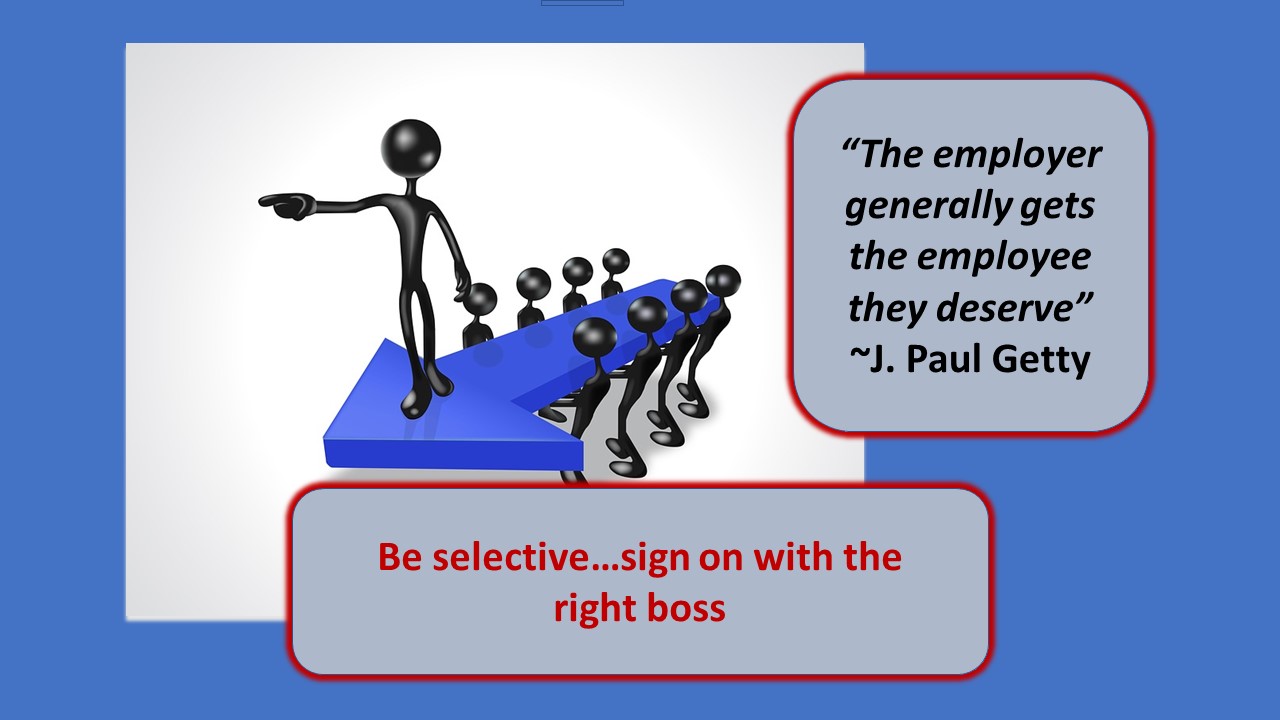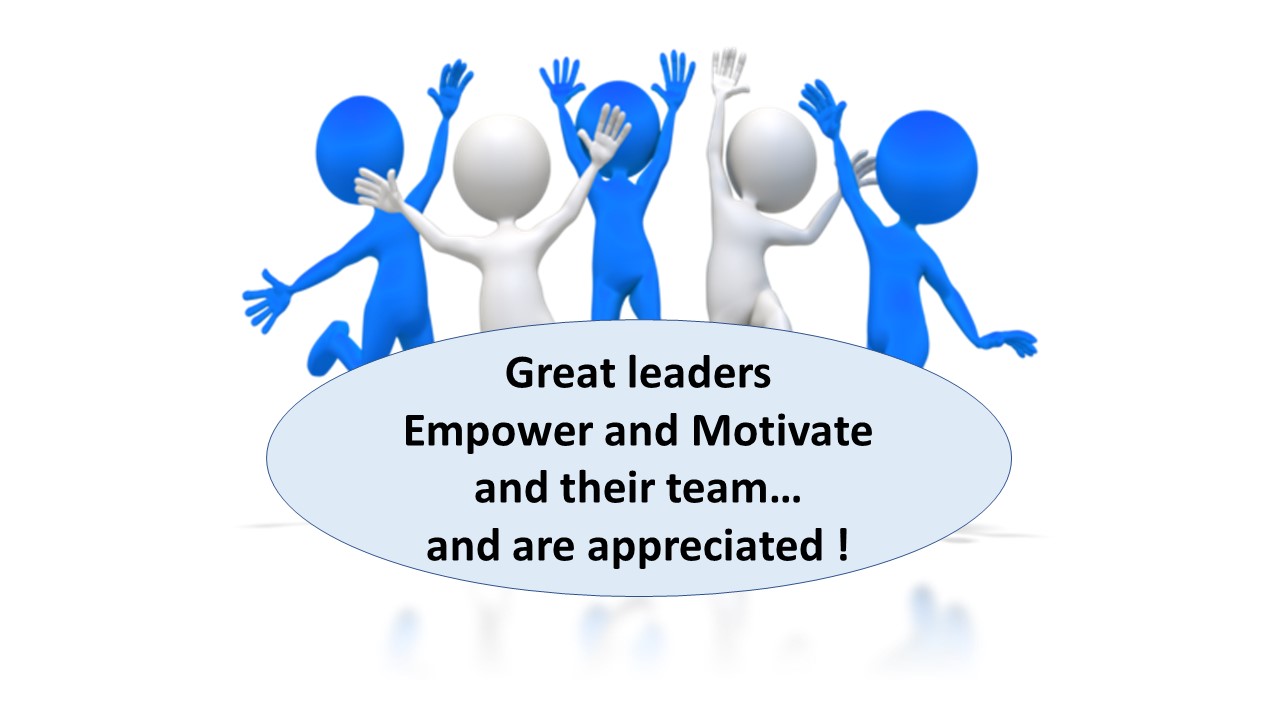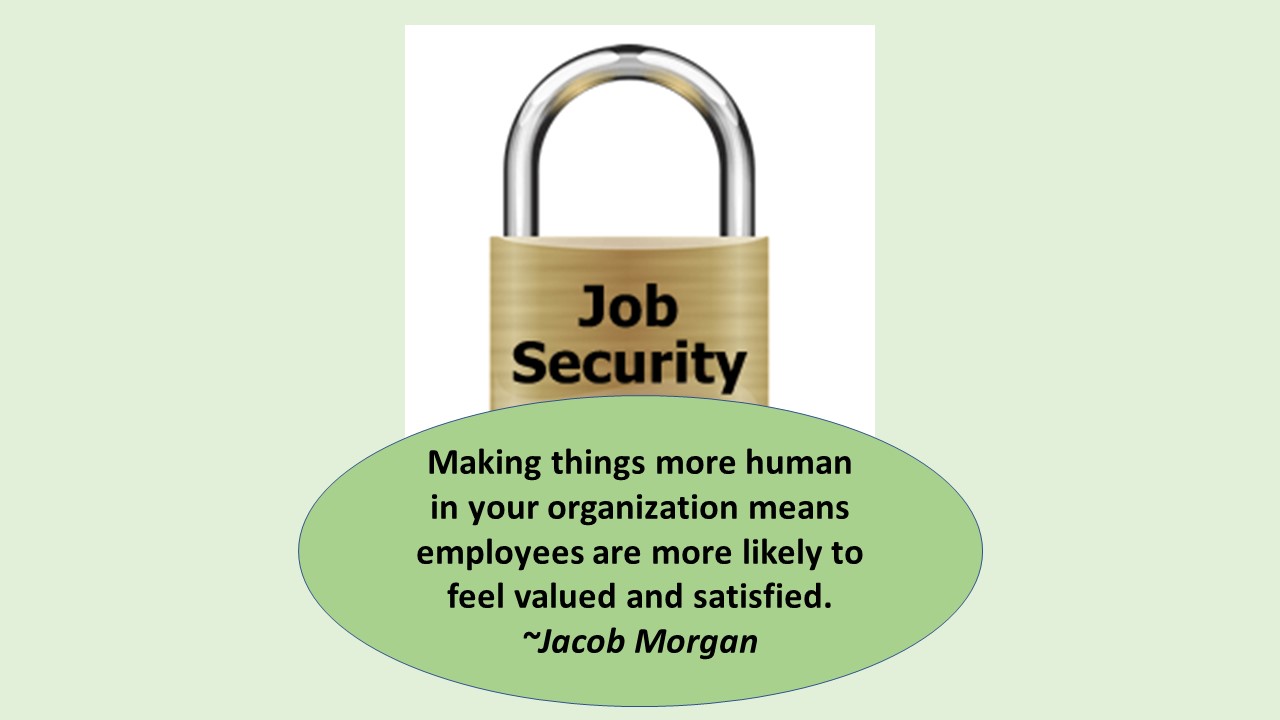By Thomas Davis, DNAP, MAE, CRNA
It’s been four years since our last presidential election, and now we are entering the final countdown toward election day 2024. Despite rhetoric from both sides pledging to unite the country, the current political season finds our population more polarized than ever. The emergence of social media as a primary means for gathering news only adds fuel to the fire.
Writing for Forbes magazine, author Tony Ewing notes that we all have thinking biases that distort our interpretation of the opinions of others. He states that topics such as politics, religion, race, and sexual preferences push emotional buttons that often lead to heated reactions and arguments between formerly congenial colleagues. This disruptive behavior polarizes the team and affects not only those who disagree with one another, but also others in the workplace who observe the behavior. In the end, teamwork, productivity, and patient safety are all threatened by workplace polarization.
What about freedom of speech?
For over 250 years the United States has thrived on the free exchange of ideas with open dialogue and debate between both individuals and political parties. Freedom of speech is so important for democracy that the first amendment to the constitution enshrined it as an American right. The founders of our country believed that democracy could only exist within an environment of open debate of the issues. Political disagreement was viewed as healthy all the way back to the early days of our independent nation when Thomas Jefferson introduced the two-party system. Historically, political opponents openly debated the issues yet respected one another and remained friends at the end of the day.
Affective polarization
Over the centuries, political debate has been taken to new levels and our society has moved from debate of the issues to affective polarization. Wikipedia identifies affective polarization as progressing from a disagreement on the issues to an emotional dislike and distrust of those with opposing opinions. Writing for Brookings, authors Overgaard and Woolley describe affective polarization as hostility and animosity toward those who disagree with your political viewpoint..
The American Psychological Association studied affective polarization in the workplace and note that 1 in 4 employees report being negatively affected by political talk during the election season. The APA study revealed that younger employees are more affected by polarization than older workers and that they report feeling stressed, isolated, and having negative views of co-workers who engage in political dialogue at work.
Ironically, behavior scientists have found that dogmatically promoting your political view causes the other person to dig in their heels and become more deeply entrenched in their position. You are not changing their mind but rather solidifying their point of view.
The bottom line is that affective polarization moves the interaction from “I don’t agree with you” to “I don’t like you.” Your political opponent then becomes a “bad person” and labeling them as ignorant, out of touch, or deplorable turns dislike into hatred. Behavior scientists find that most people have more in common than they realize, and that affective polarization needlessly drives a wedge between them. This is not what you want in your workplace.
Preventing workplace polarization
Creating a preferred workplace is a goal for every effective leader. Preventing political division from invading an otherwise collaborative and cohesive team takes foresight and courage. It is easier to prevent a problem than to rebuild a team, so guardrails must be in place, especially going into the upcoming election season. Author Roger Carbajal offers tips for controlling affective polarization in the workplace.
- Establish a policy about political speech and signs in the workplace
- Apply the rules consistently, without exception
- Monitor workplace discussion
- Periodically remind everyone of the rules
Regardless of your position on the team, be a champion for promoting collaborative teamwork and have zero tolerance for behavior that divides members of the group. Review the mission, vision, and values of the organization and most likely you will find that affective polarization does not align with the core values that are meant to guide employee behavior. Enforce and role model the core values of the organization. In the end, workplace team unity is more important than the outcome of an election.
Tom is an experienced leader, educator, author, and requested speaker. Click here for a video introduction to Tom’s talk topics.










